You want to know what Windows do you have? I understand, we all want to achieve new things in life, and knowing what kind of Windows that you are using is something new, not so many people experienced it. But don't worry, it is really easy, check this tutorial and you will know how to know what Windows shop do you have.

Are you still using Windows despite the prevalence of other operating systems? If you are, then good. Different platforms and gadgets these days run on a variety of operating systems, but you still need Windows as a dependable backup.
Windows have gone through many updates and upgrades over the years. However, some computer hardware and programs are only compatible with a specific Windows version. That is one reason why you need to know what version of Windows your PC has. After all, you may need it when you want to install certain hardware and programs.
You will also need to find out the Windows version your PC is running to get updated when you need to upgrade. Generally, Microsoft provides support to all the Windows versions and announces extended support or pull out future updates for the versions they stop developing.
For example, Microsoft has announced extended support for Windows 7 only up to January 14, 2020. It has also announced the same for Windows 8 in which the extended support will end by January 10, 2023.
What Happens to Windows When Support Ends?
Microsoft's technical support for Windows 7 stopped on January 14, 2020 after a good 10-year run. If you are running your PC on Windows 7, it will still work, including all of the installed programs.
The difference is that you will no longer get security updates from Microsoft. As such, it will make your PC vulnerable to viruses and security risks.
You can continue using the operating system despite the risks, but make sure to be always careful about the sites you visit and the other tools and gadgets you connect to your PC. To avoid problems, it is recommended that you change your operating system to something more updated, like Windows 10.
The next time Windows announce the looming end of support for the OS version you're using, make sure that you back up your files and move to another operating system before the date.
Finding Out What Windows You Have
Aside from checking if Microsoft still supports your Windows version, you will also need to find out what operating system you have when troubleshooting or downloading programs to install.
You must find out the version of Windows your PC is running and whether you have a 32-bit or a 64-bit system.
Follow these steps to know the details:
- Look for the Windows logo on your keyboard. Press it simultaneously with the letter "R." You can also click the Start menu and click the command, "Run”. This will prompt the Run dialogue box to open.
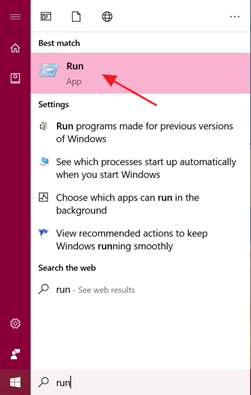
- Type “winver” in the dialogue box provided. If you are more comfortable in using the keyboard, press Enter. You can also simply click OK on your screen.
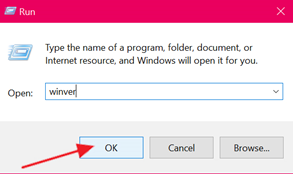
- A different window will open which is the About Windows page.
- You can now view your Windows version. Next to "Version," you will find your Windows version. You can read the build number next to "Build". It is Version 1607 (Build 14393.2214) in the sample below.
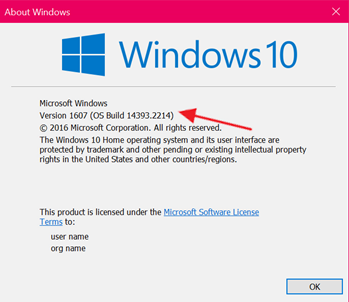
Here are the steps to know whether your Windows is 32 or 64 Bits:
- Click the Windows logo at the Start Menu. Select the Control Panel.
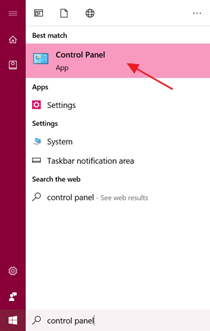
- Choose “System and Security.”
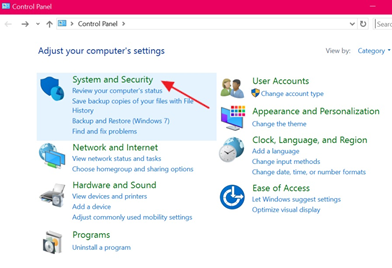
- Click "System."

- You will be redirected to the page where the system information is displayed. Under the "Windows Edition," you will see what edition is the Windows you're using. Next to the "System type," you will read whether your PC is running on a 32-bit or a 64-bit. In this sample, it is running on a 64-bit.

Finding out what Windows version your PC is running is very easy. You simply have to know which commands to click and what folders to open to give you the details you need.